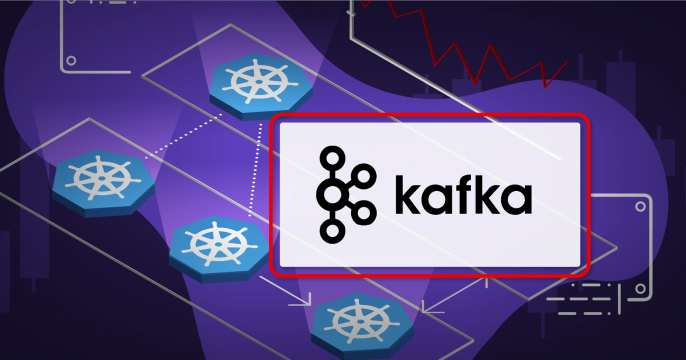Apache Kafka on Kubernetes
Apache Kafka is an alternative enterprise messaging system that moves massive amounts of data—not just from point A to B, but from points A to Z.
How do I run Apache Kafka on Kubernetes?
Apache Kafka is a distributed data streaming platform that is a popular event processing choice. It can handle publishing, subscribing to, storing, and processing event streams in real-time. Apache Kafka supports a range of use cases where high throughput and scalability are vital, and by minimizing the need for point-to-point integrations for data sharing in certain applications, it can reduce latency to milliseconds.
Latest event-driven and Kubernetes articles

Learn how to run MicroShift as a container for inner loop testing of...

Discover how organizations can achieve over 40% reduction in resource usage...

Red Hat OpenShift 4.19 brings a new unified perspective, AI chat assistant...

Learn how to run vLLM on CPUs with OpenShift using Kubernetes APIs and dive...
Featured Kafka on Kubernetes articles

Learn how to run MicroShift as a container for inner loop testing of...

Discover how organizations can achieve over 40% reduction in resource usage...

Red Hat OpenShift 4.19 brings a new unified perspective, AI chat assistant...

Learn how to run vLLM on CPUs with OpenShift using Kubernetes APIs and dive...

Discover why Kafka is the foundation behind modular, scalable, and...

Automate golden image creation and distribution for virtual machines across...

Simplify operator management on Red Hat OpenShift with Operator Lifecycle...

Build scalable Skupper Virtual Application Networks with Ansible 2.0. Deploy,...
Deploy Red Hat AMQ Streams and Fuse on OpenShift Container Platform 4
Red Hat AMQ is a message broker for building communications among Java applications. Message-based applications are a key core capability of modern software development, and AMQ provides a solid foundation for building them.
The Streams module, which is based on the Apache Kafka and Strimzi projects, runs on Linux, macOS and Windows. The module also supports the publish/subscribe messaging method, better for containers. There are also Debezium Change Data Capture connectors that are used to capture row-level database changes and communicate these changes to your apps.
Debezium on OpenShift Cheat Sheet
Debezium is a distributed open-source platform for change data capture. Start it up, point it at your databases, and your apps can start responding to all of the inserts, updates, and deletes that other apps commit to your databases. Debezium is durable and fast, so your apps can respond quickly and never miss an event, even when things go wrong.
This cheat sheet covers how to deploy/create/run/update a Debezium Connector on OpenShift.

Customize your response to real-time information and increase your throughput
Not a developer? Learn more about how Event-driven Architecture (EDA) can help your business move forward.
